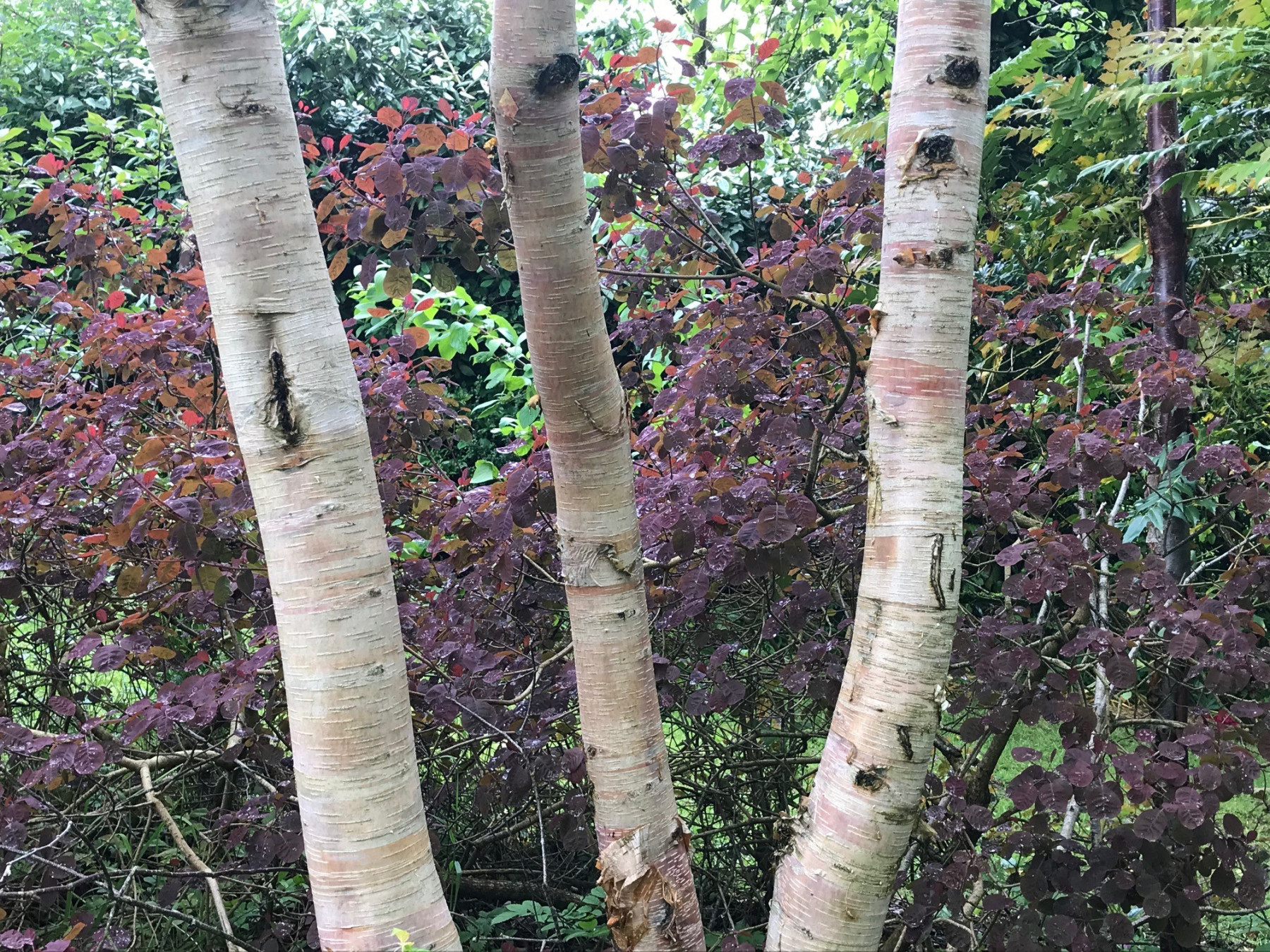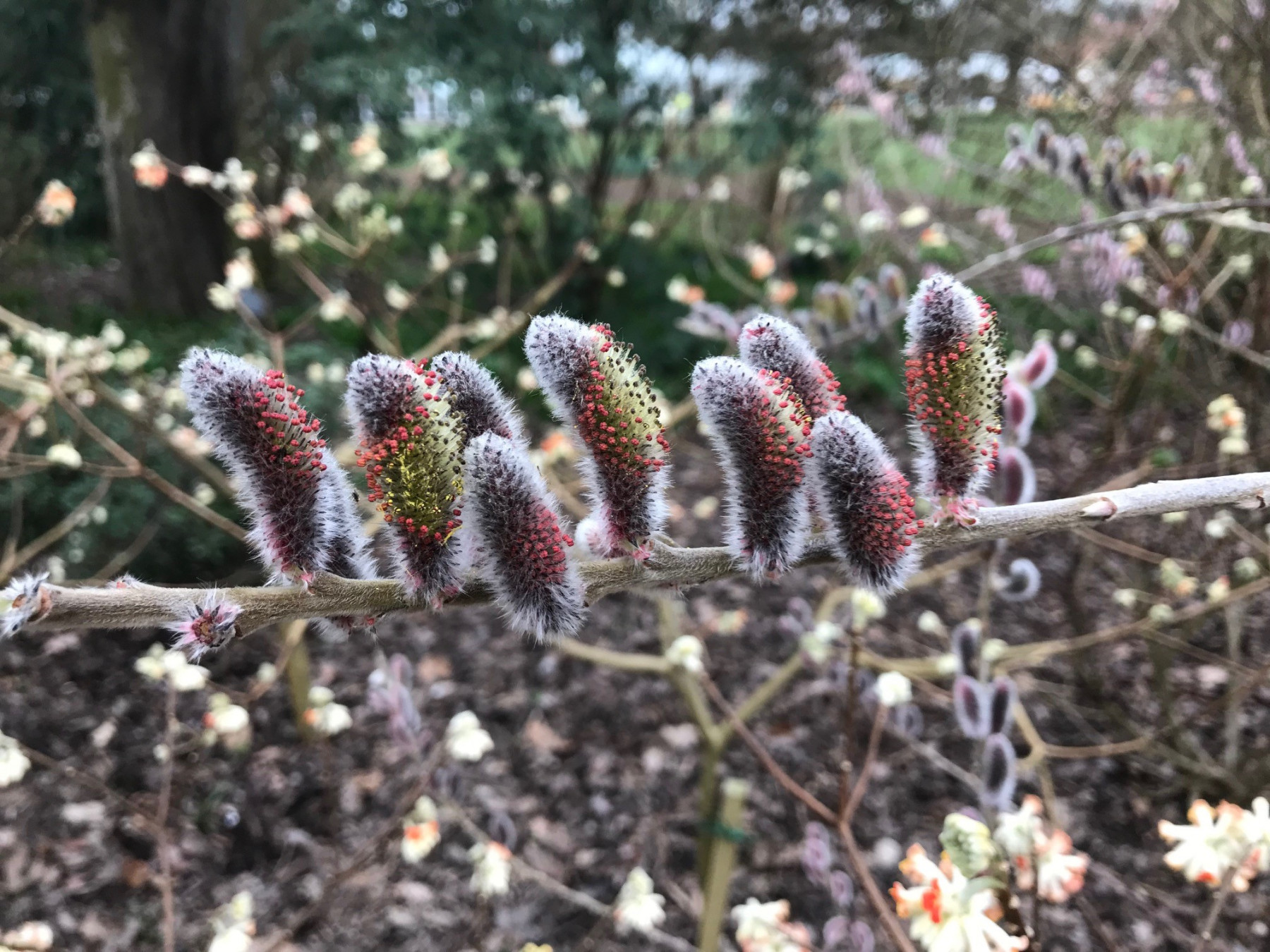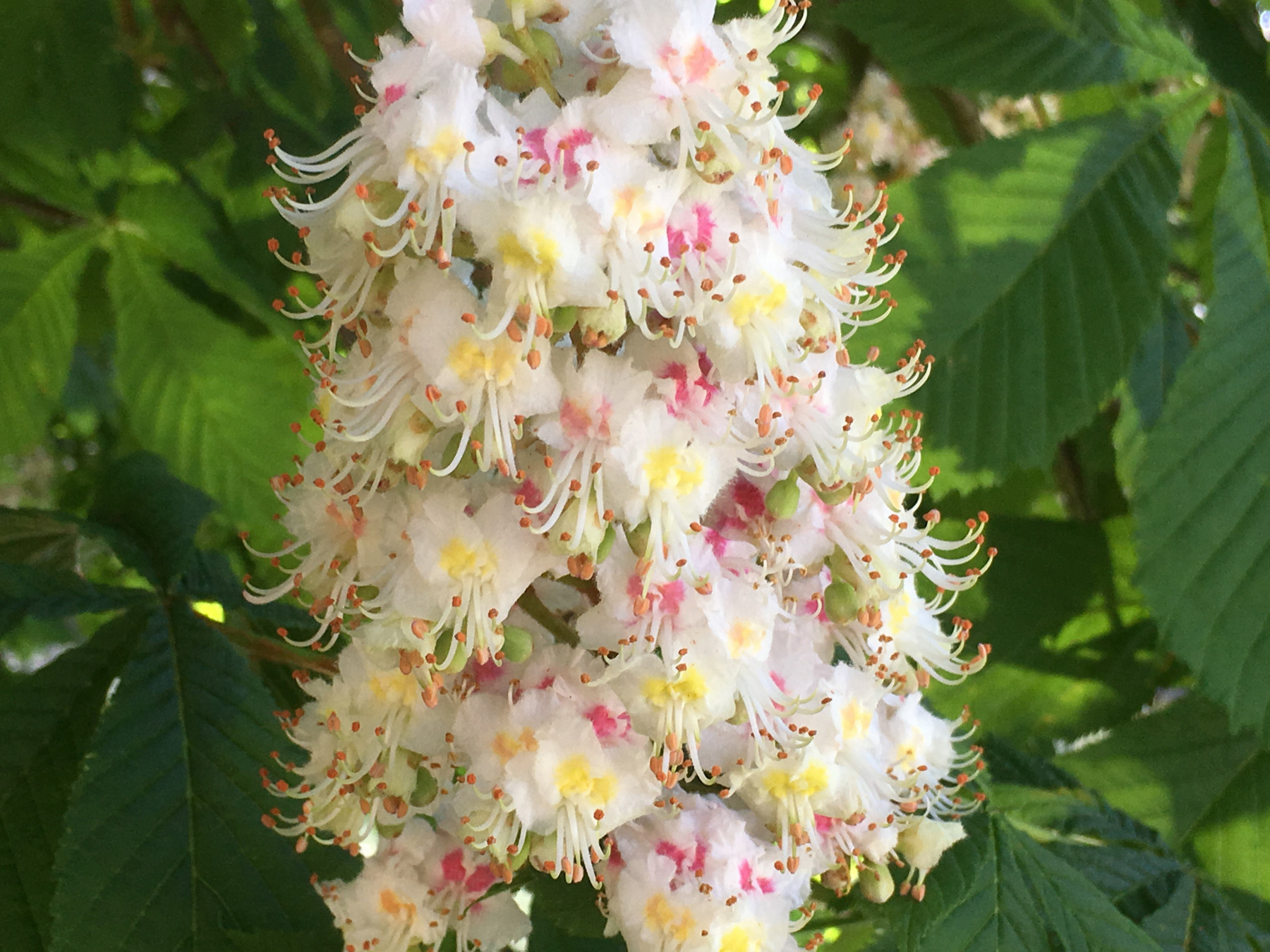If you want to do something that will make a big difference to the environment, plant trees says Jean Vernon

Trees are the lungs of the planet. During the day they use carbon dioxide from the atmosphere in a process called photosynthesis that makes sugars to fuel their growth and produces oxygen. It’s a phenomenal process that goes on in pretty much every green leaf in your garden.
But what’s more, trees (and most garden shrubs too) lay down carbon chains in their woody stems, branches and trunks that fixes carbon there, thus becoming a carbon sink of sorts. So your tree not only takes the carbon dioxide from the atmosphere but it also holds carbon in its fibres.
Plant trees
Imagine if we all planted an extra tree in our gardens? Or replaced an aging fence with a mixed hedge? Or created a boundary of shrubs to divide parts of the garden. What a difference that would make. It would be a huge step to help offset climate change and augment our gardens too. Trees don’t have to be huge oak trees, or giant chestnuts, there are many smaller garden worthy trees to adorn your garden that will add interest, presence and a sculptural feel to your plot.
Birch statues
One of my favourite genus is the birch (Betula) and I have five clumps of five different birch species in my garden, it’s not a large garden, but 25 trees are easily accommodated. They were mostly bought as saplings and quickly grew to great heights, catching up with the more mature specimens that I purchased at the same time. Today those trees are 30-40ft tall with stems clothed in peeling bark in hues of peach, pink, white, ruby red and brown. Each one is a sculpture, reaching skyward with its twists and turns of the branches, the flaking bark picking up sunrays like prayer flags waving in the breeze.
Wildlife haven

But trees have other vital roles in our gardens, streets and the countryside. They provide roosting and nesting sites for the birds that hop from branch to branch and punctuate the dawn with their vibrant chorus heralding the new day. Hang a feeder from the branches to allow your feathered friends to feed in safety and place it somewhere that you can see them from the house to enjoy their antics.
Trees for bees
Most people don’t think about the fact that trees flower, but most of them do. Granted the flowers may not always be conspicuous or flamboyant, but once a tree is established it will have hundreds, if not thousands of flowers open at the same time, and when those flowers are rich in nectar and pollen they become the perfect feeding ground for pollinators. Stand beneath a willow tree, adorned with pollen rich catkins on a sunny spring day and you could very well hear the tree before you see it; a magnet for queen bumblebees as they emerge from their winter torpor to set up their nest. These early spring trees are a vital source of protein rich pollen when there is little else in flower. A similar effect comes into play when the nectar rich, but insignificant sycamore flowers open, the buzz beneath the branches is mesmerizing. And the trees with more attractive flowers, like the candles of horse chestnut flowers that provide energy rich nectar as the bees build their nests, powering the colony as it grows have a vital role in mid to late spring. Thousands of flowers all in one space, providing energy efficient foraging for these amazing creatures. Hollow trees, or tree cavities can also provide nesting sites for some bees. Honeybees collect the resin from the buds and bark to make propolis that they use to fill draughty gaps. Solitary bees may nest in beetle holes within the tree trunks, or gather leaves, petals and other materials to line their egg cells and nests. You might not see or understand the role of every thing in nature, but you can be sure that every organism is interlinked and interconnected with a myriad of others.

There are plenty of trees that can be grown in containers or small gardens that will add to your enjoyment, capture some carbon and be there for the birds and the bees too.
As a dear friend once said: “Tell everyone you are never too old to plant trees:” The late, great Kenneth Ashburner – plant hunter and leading expert on trees and in particular Betula.
https://www.telegraph.co.uk/gardening/3520203/Birch-trees-Bringing-back-the-birch.html










